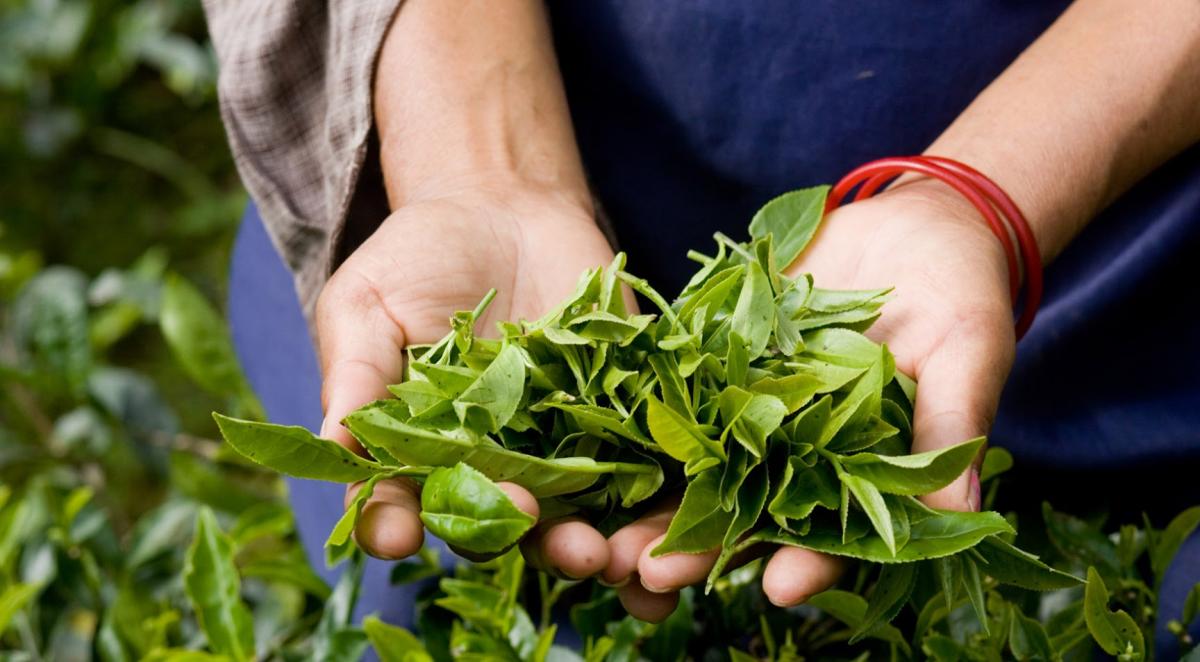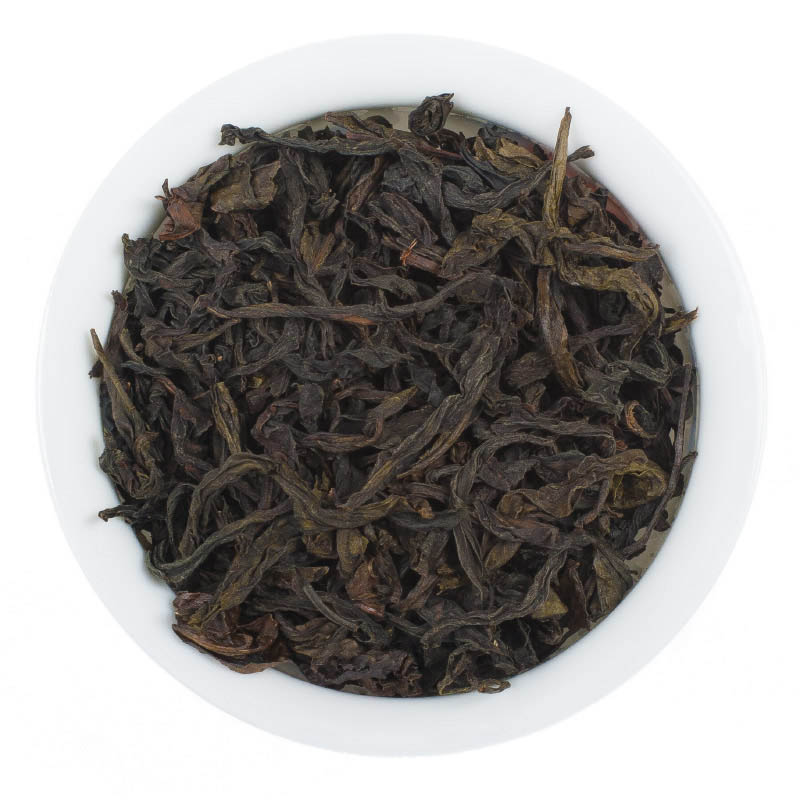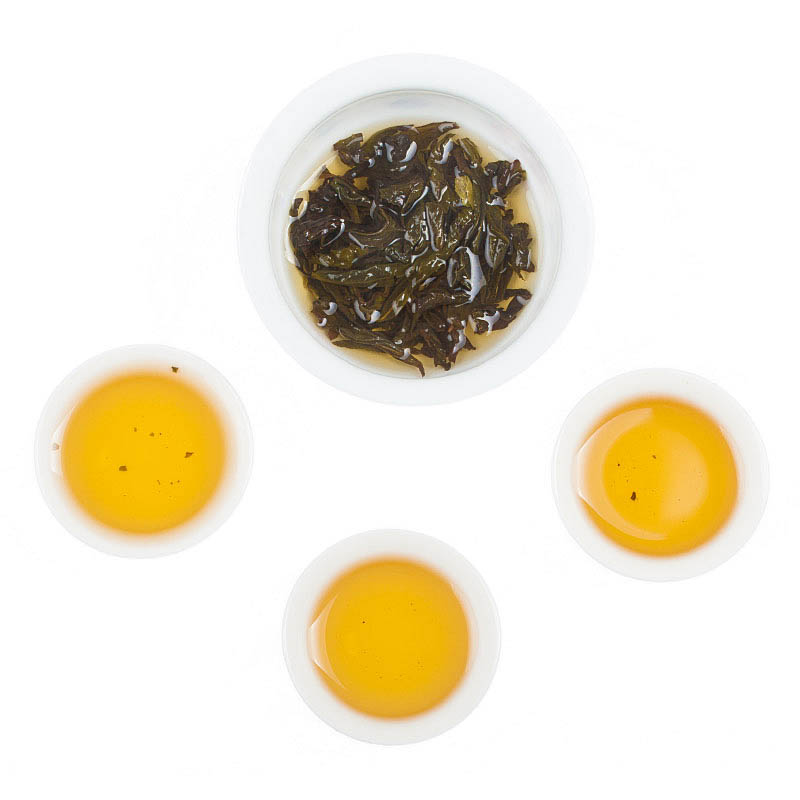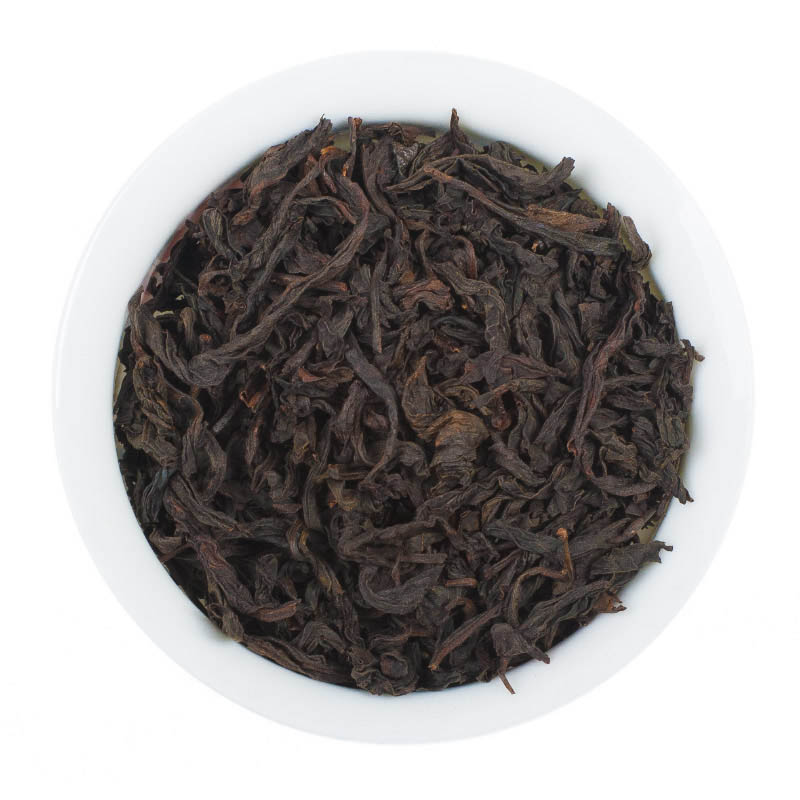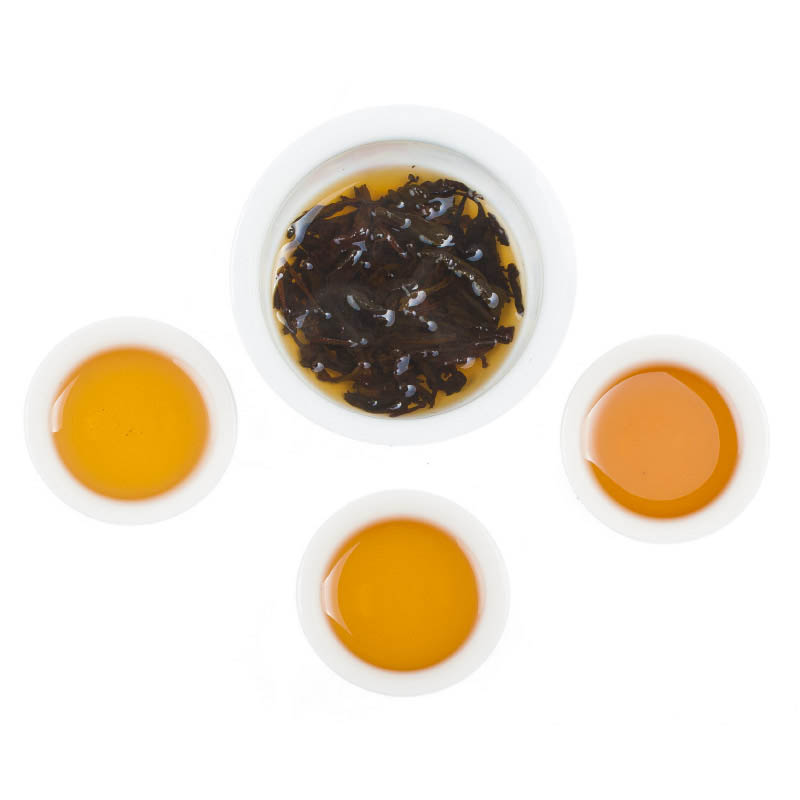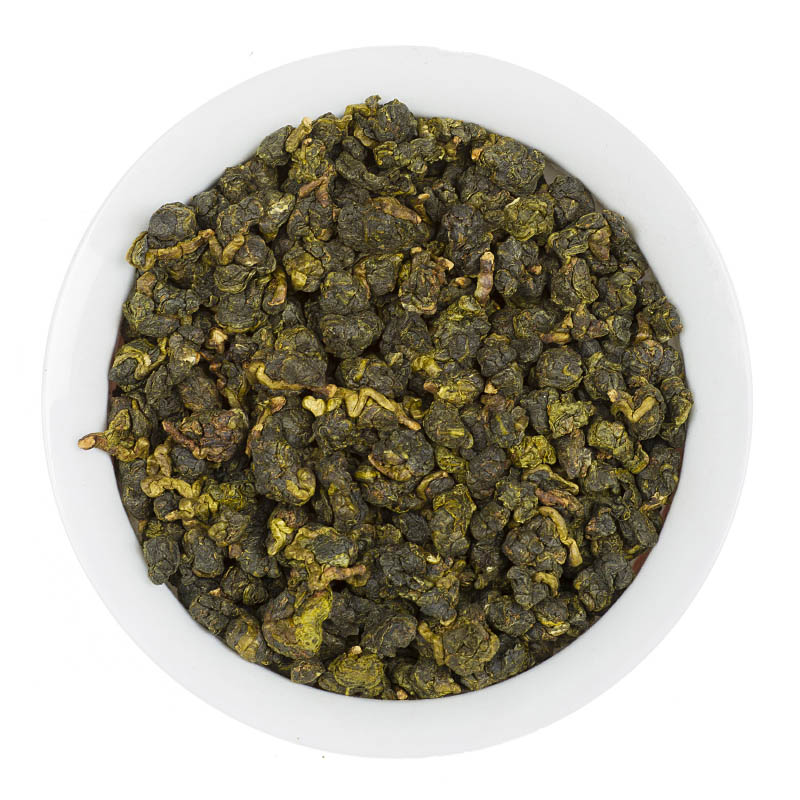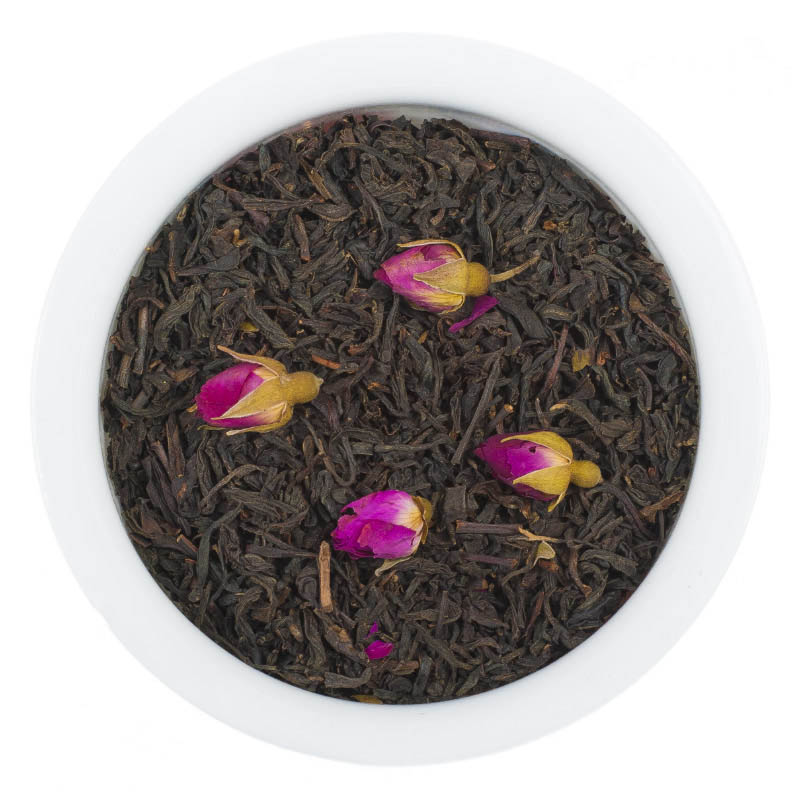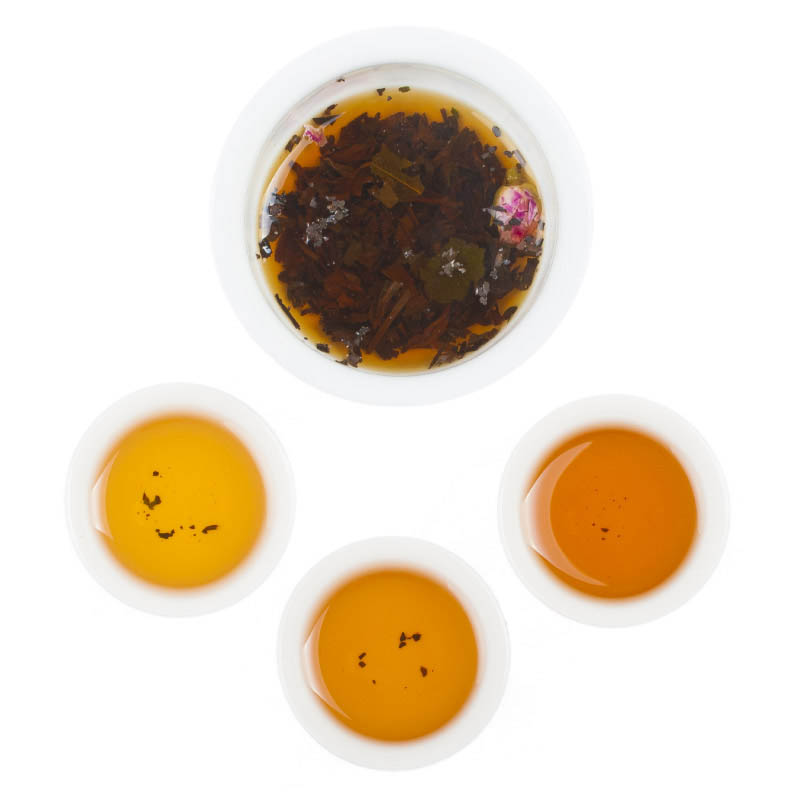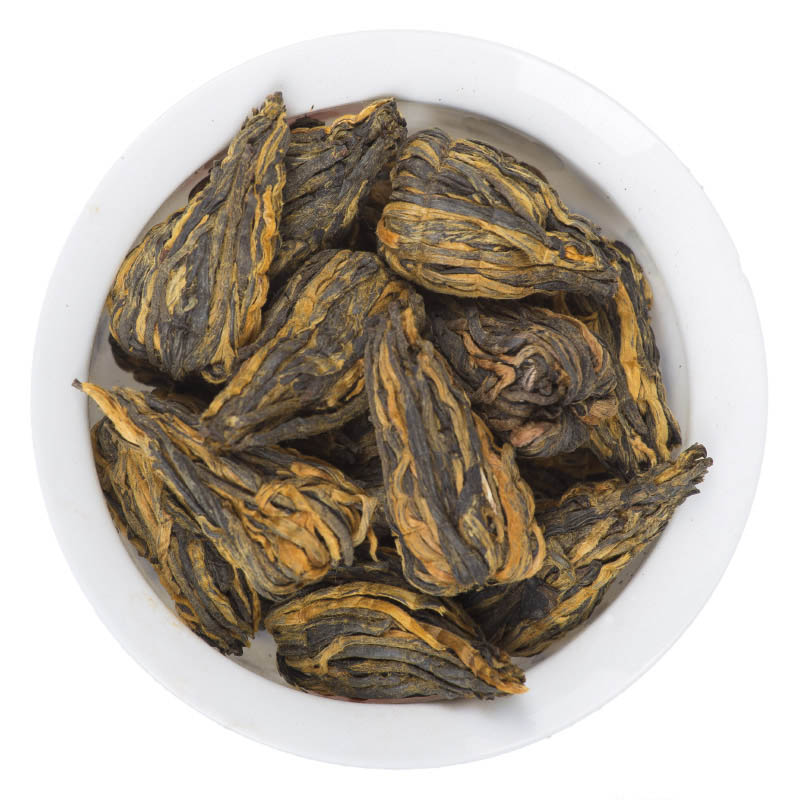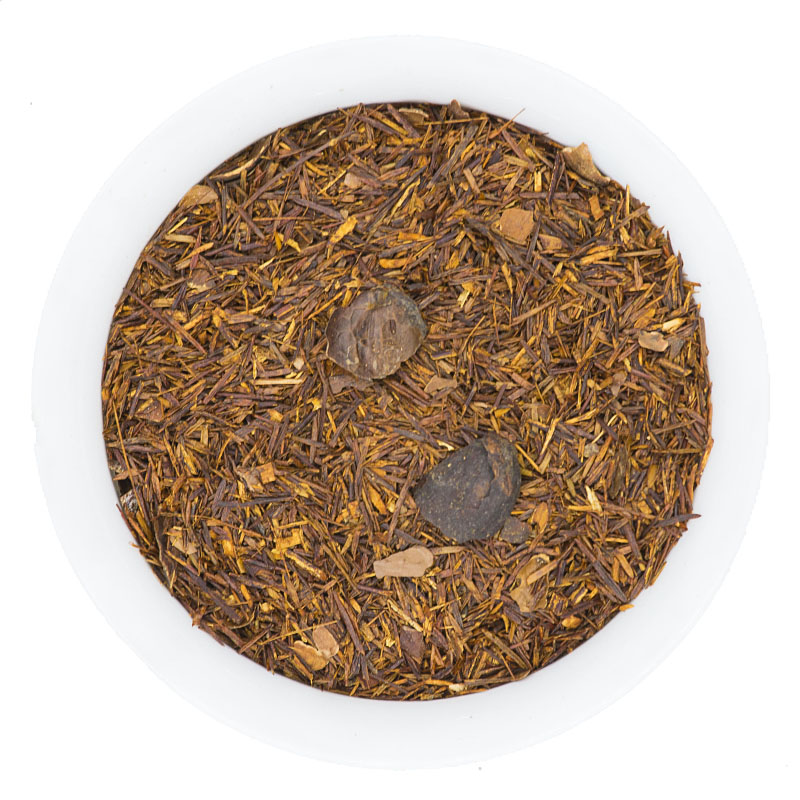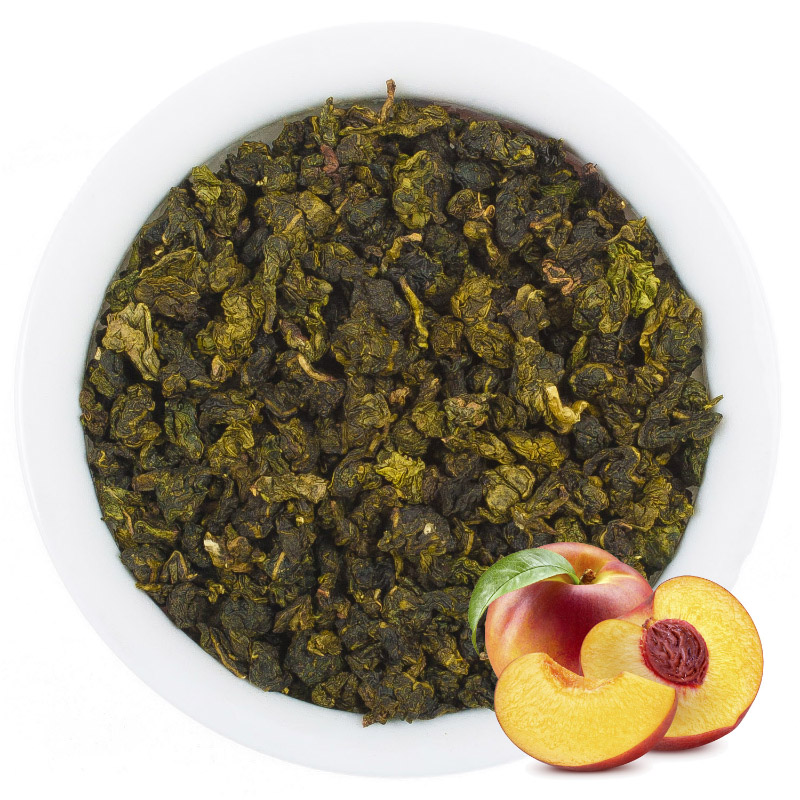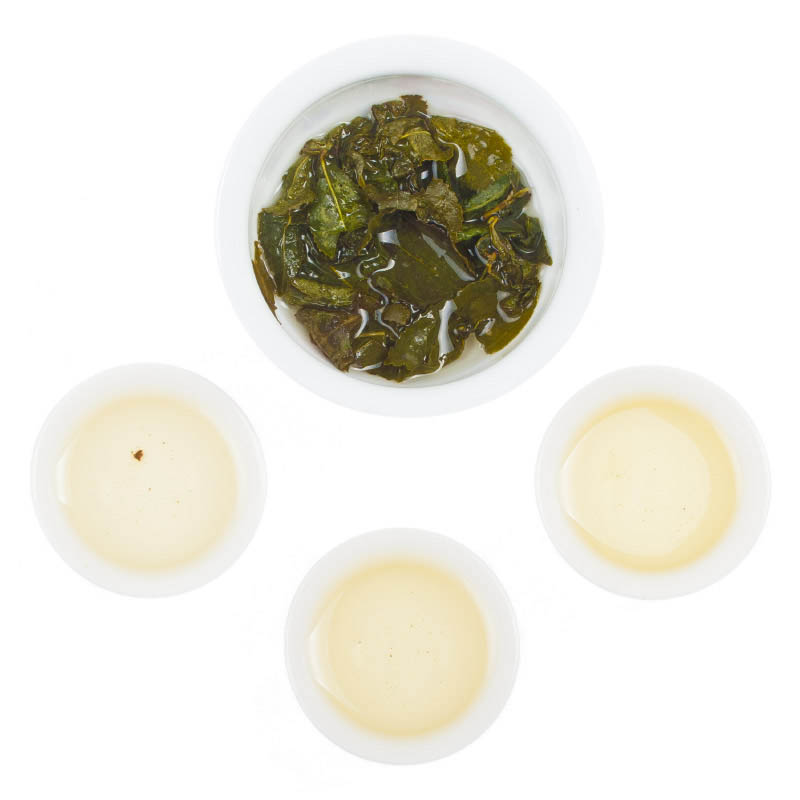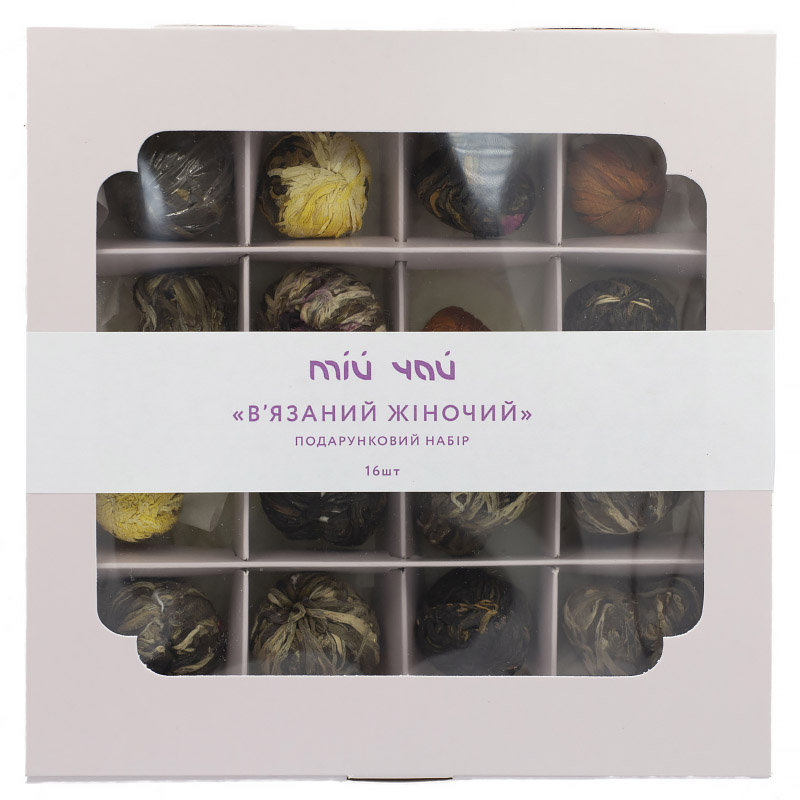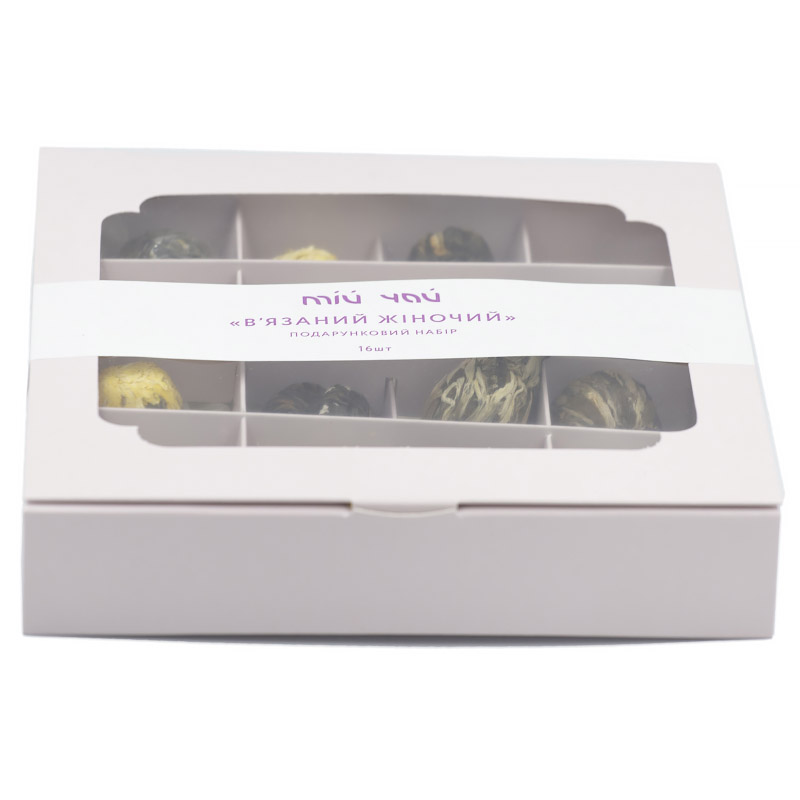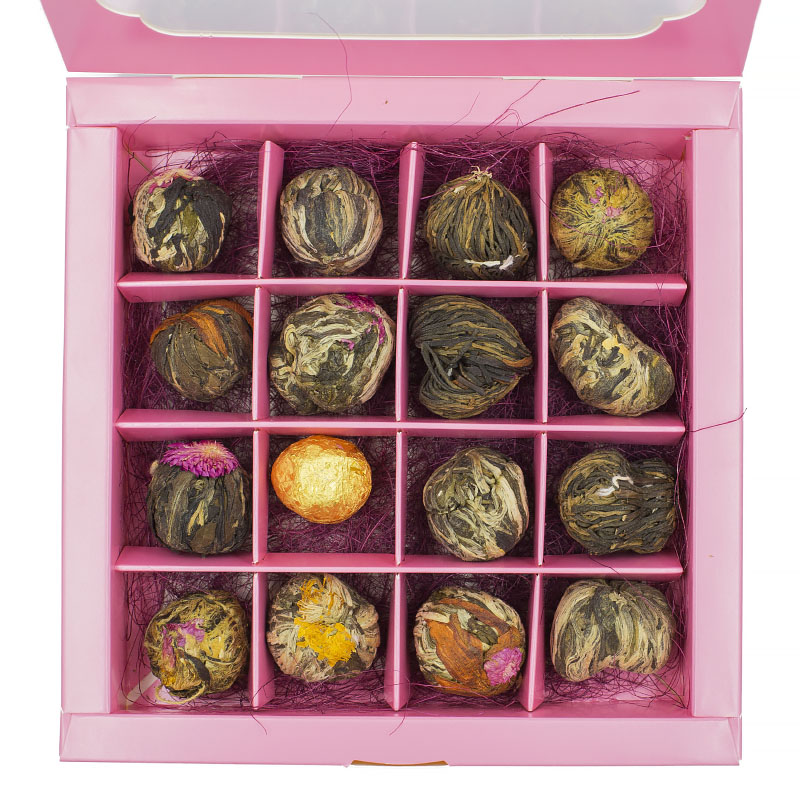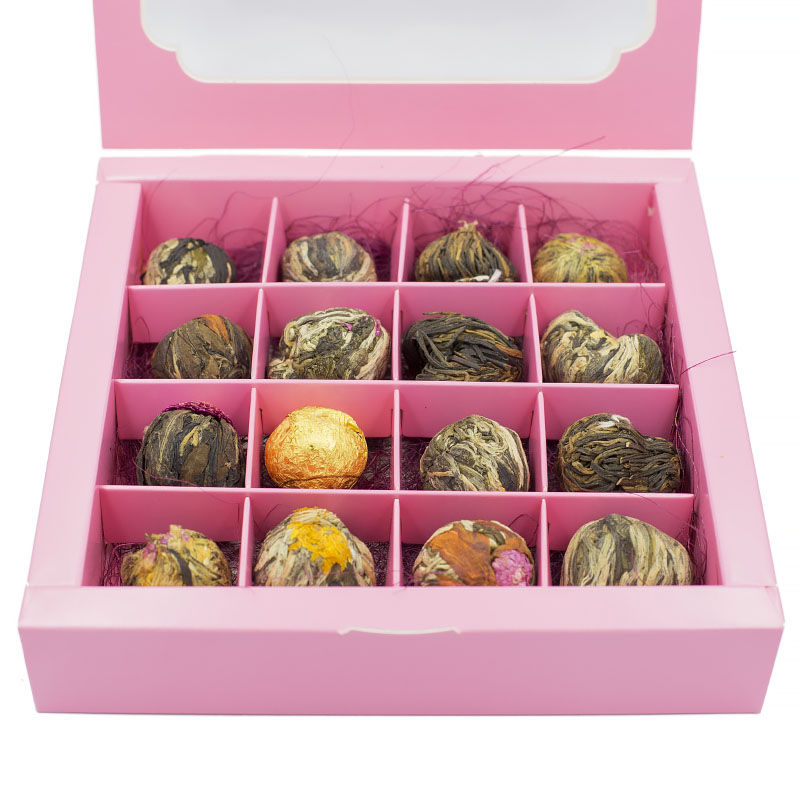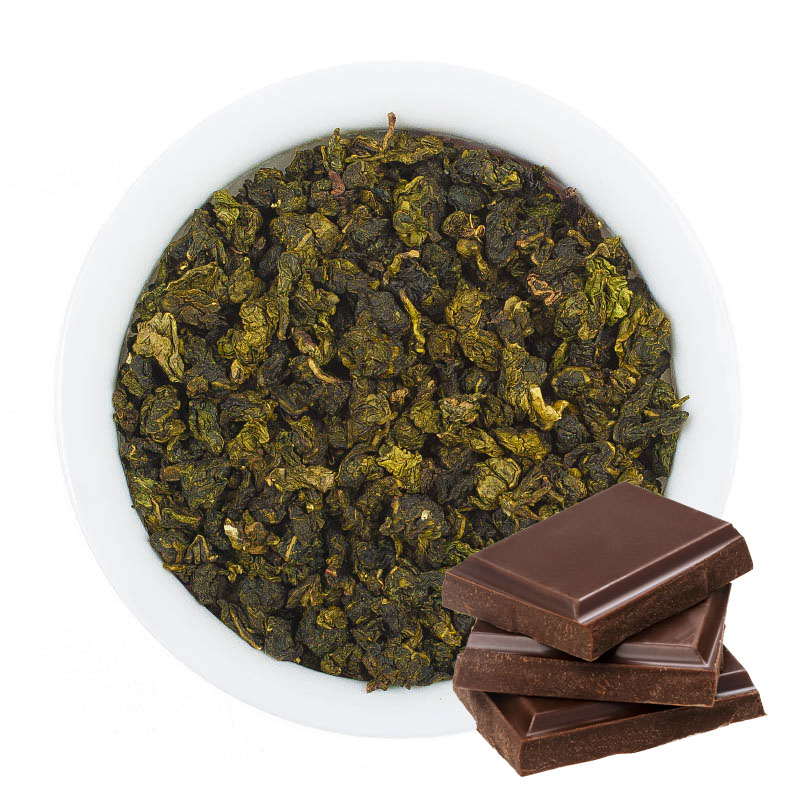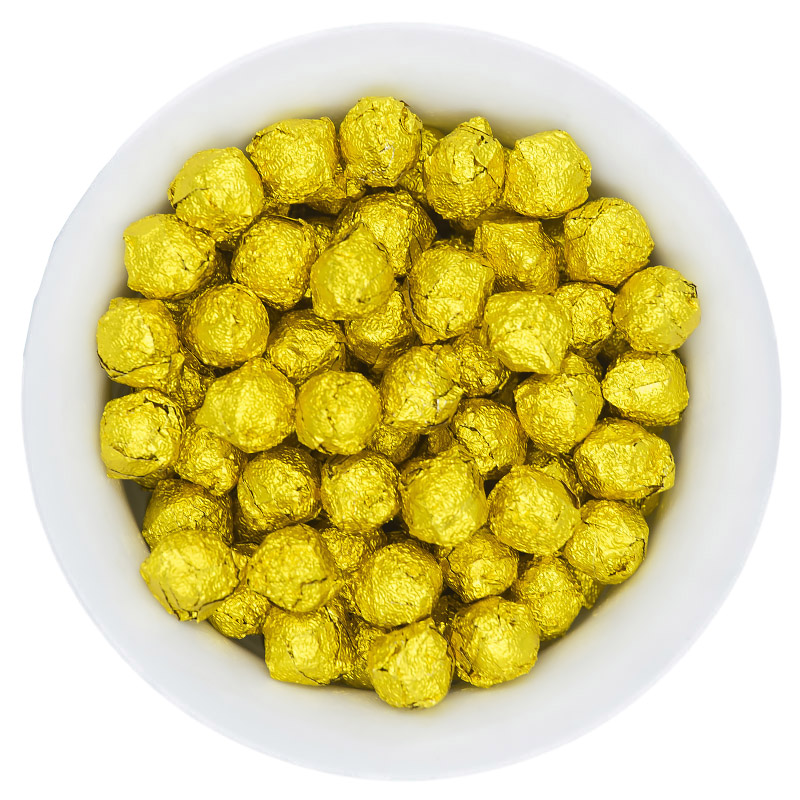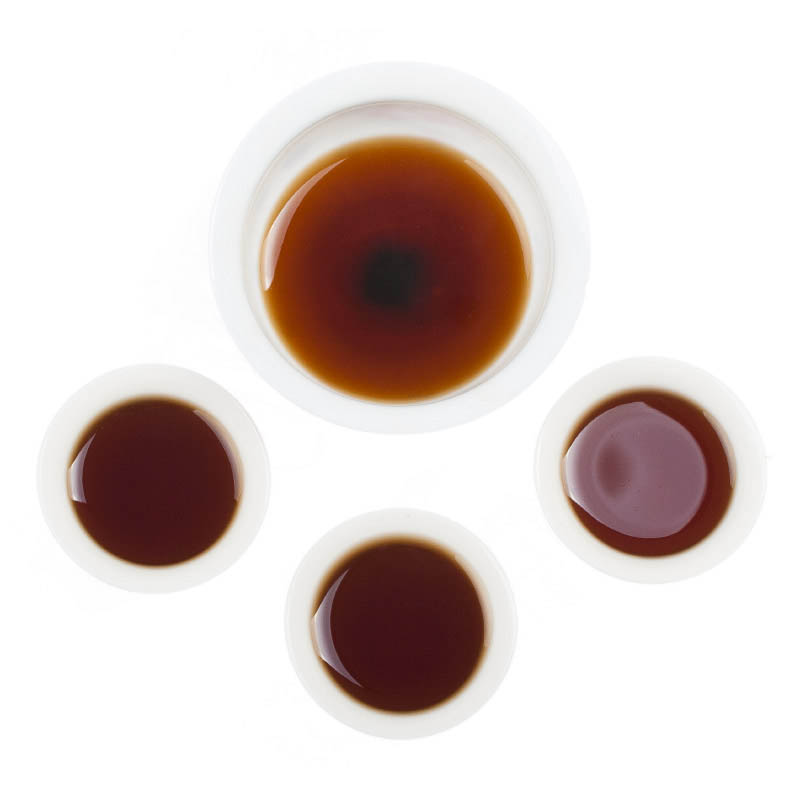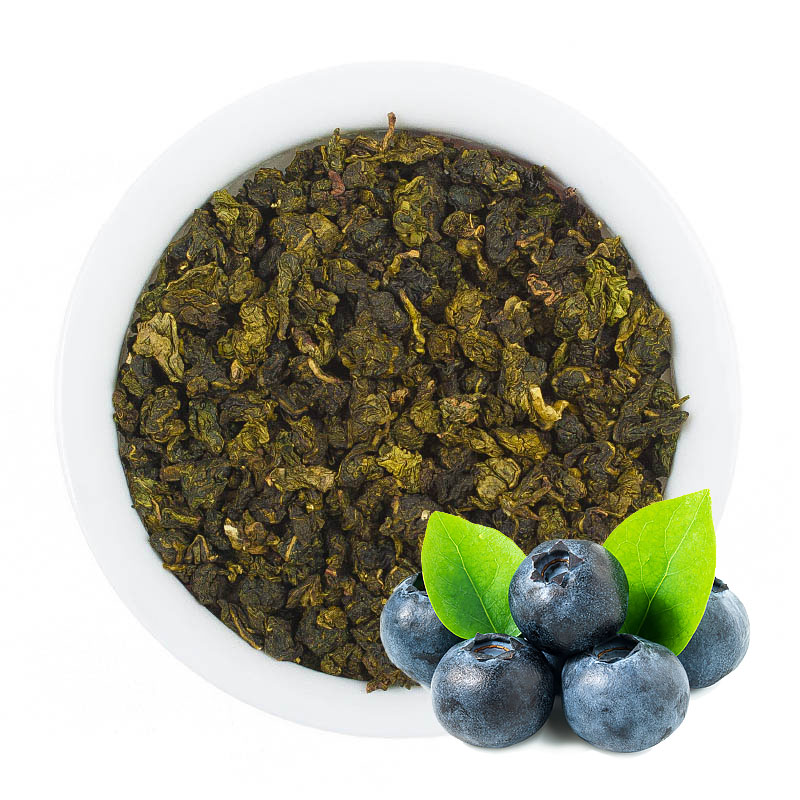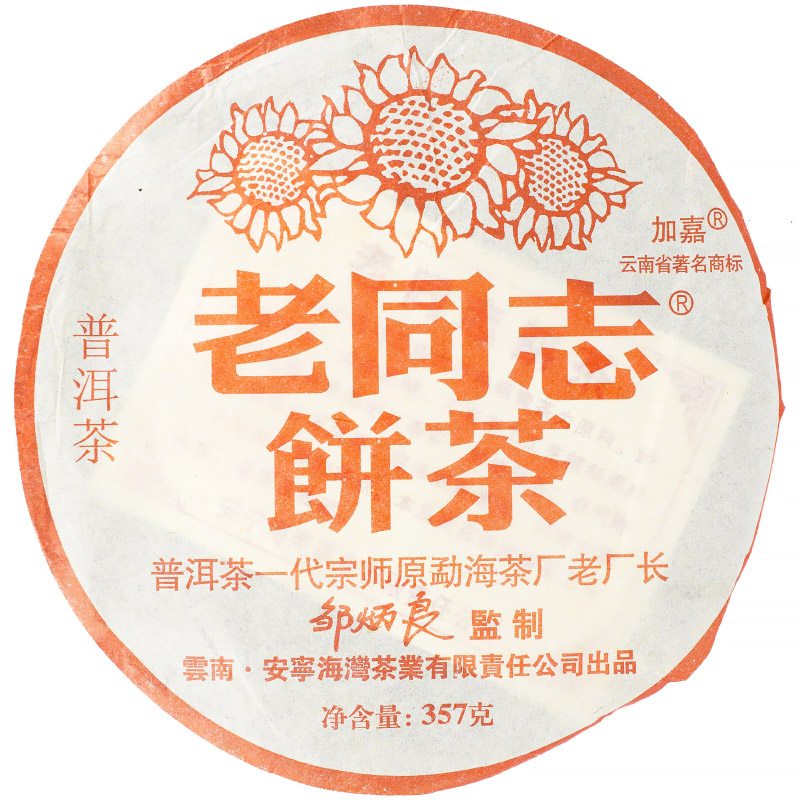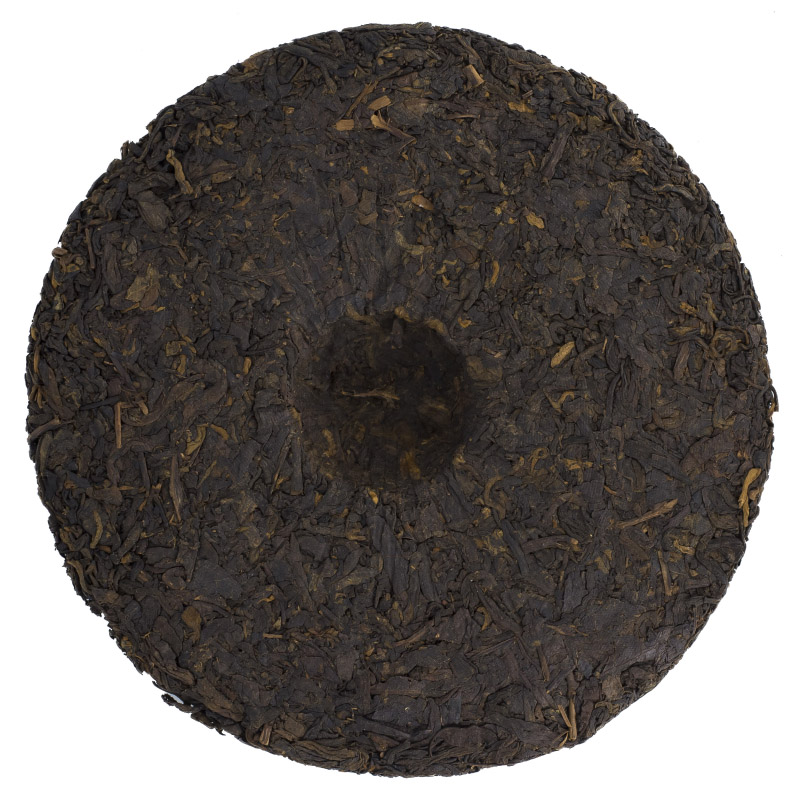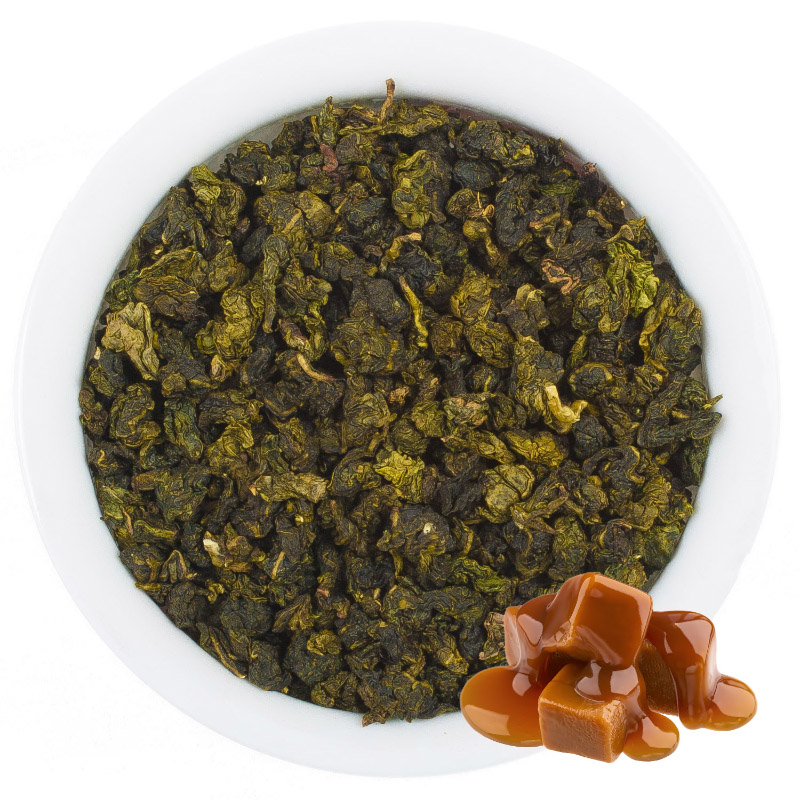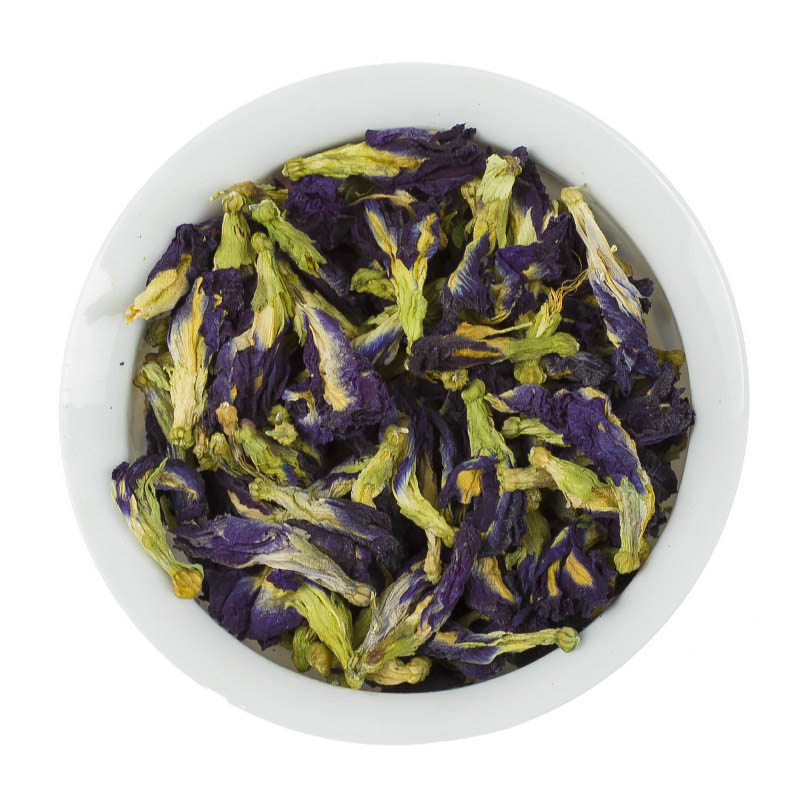Contents
- Quality Markings
- Black Leaf Tea Categories
- Green Tea Categories
Tea leaf classification is carried out internationally. In other words, the system is global. Tea packages are marked with different abbreviations and letter codes. The beverage is categorized based on:
- Leaf size: whole leaf, broken leaf, smaller broken leaf, and low-grade tea dust or fannings;
- Processing method, including mechanical processing: loose (orthodox), extracted (instant), pressed (tablet, brick, or cake);
- The presence of additives.
Quality Markings
On the global market, the following markings are commonly used:
- Classic or Orthodox – indicates high-quality tea made with hand-rolled leaves;
- Big leaf – means the package contains large-leaf tea of good quality;
- Pure – tea without any additives;
- Blended – a mix of different tea varieties;
- Broken – small broken leaves;
- CTC – stands for Cut, Tear & Curl, indicating a low-grade granulated tea processed by machines;
- Fannings – fine particles from broken leaf tea, typically used in tea bags;
- Dust – very fine, low-quality tea dust, the lowest grade.
Black Leaf Tea Categories
Black and green teas are labeled differently. Black tea is categorized as:
- Whole leaf teas with internationally recognized abbreviations:
- Orange – high-quality tea made from the freshest leaves;
- Orange Pekoe A – slightly larger leaves than Orange;
- Tippy – premium tea made from unopened tea buds (tips);
- Flowery – tea made from partially opened buds;
- Golden – brews to a golden color, contains buds as well;
- Pekoe – barely opened leaves;
- Orange Pekoe – upper leaf shoots, Golden Flowery Orange Pekoe includes some buds, and Tippy Golden Flowery Orange Pekoe contains many buds – these are high-grade teas;
- Super Fine Tippy Golden Flowery Orange Pekoe – rarest and highest quality, made exclusively from buds;
- Sushong – made from lower leaves, typically used for smoked teas due to high tannin content;
- Pekoe Sushong – lower quality tea made from coarse, mature leaves.
- Broken or mid-sized leaf teas:
- Broken Orange Pekoe – strong, dark brew from medium-cut leaves;
- Broken Flowery Orange Pekoe – aromatic and strong, more finely broken;
- Flowery Pekoe – good quality tea with small broken leaves;
- Golden Broken Orange Pekoe – high-grade with broken leaves and a few buds;
- Broken Orange Pekoe 1 – aromatic tea made from long, broken leaves;
- Broken Pekoe Sushong – lower-grade tea made from cut leaves;
- Broken Pekoe 1 and Broken Pekoe 2 – not high-grade, with finely cut leaves, and the latter may include leftover tea dust;
- Broken Tea – contains old tea leaves;
- Broken Mixed – includes a mix of broken and cut production remnants.
- Low-grade teas (fewer markings, lower quality):
- Pekoe Fannings – tea made from medium-sized fannings;
- Fannings – small particles finer than broken leaves;
- Pekoe Dust – relatively coarse dust remaining from mid-sized tea production;
- Dust – very fine tea dust, the lowest grade available.
As you can see, there are many different tea types – from premium, expensive grades to low-cost, low-quality ones. Nothing goes to waste during production, as the tea market caters to all budgets and tastes.
Green Tea Categories
Green teas also have globally recognized labels. These include:
- GTFF – contains only small leaves;
- Hyson or “Blooming Spring” and Fine Hyson – classic Chinese teas with broken, tightly rolled leaves;
- Young Hyson – made from larger leaves than Hyson;
- Fine Young Hyson – crafted from the freshest, carefully selected leaves;
- Young Hyson Special – a top-quality Chinese green tea;
- Chung Hao – premium green tea blended with jasmine flowers;
- Sencha – steamed according to Japanese tradition, very delicate flavor;
- Green Tea Fannings – low-grade tea from broken leaf fragments;
- GREEN CTC – granulated green tea.
These teas differ by leaf size. Pekoe refers to large leaf green teas, while Broken Pekoe refers to broken leaf varieties. The leaf-rolling method also impacts flavor, quality, and appearance – the leaf may be rolled into a needle, pearl, or pellet.
Some varieties use crushed or flattened leaves as well.
